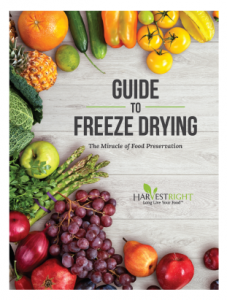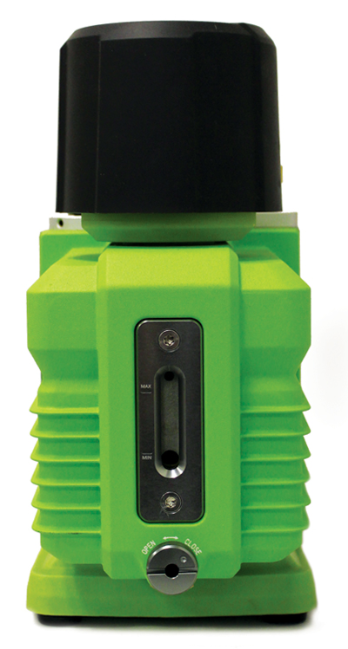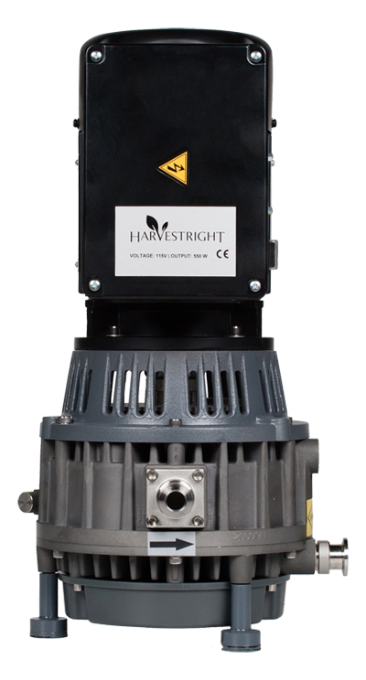Do you have a Bug Out Bag? You should. A Bug Out Bag, affectionately knows as BOB, is a bag that contains everything you’d need to survive for three days (72 hours) in case you need to evacuate for a disaster. The term likely comes from World War II pilots who had “bail out bags” that would help them survive if they had to eject. The 72 ho ur rule comes from disaster relief agencies who say it can take up to three days before they can reach people affected by disasters.
ur rule comes from disaster relief agencies who say it can take up to three days before they can reach people affected by disasters.
Here are some items to consider for your BOB:
- 3 days of water for everyone in your party, including pets
- 3 days of food
- First aid kit
- Warm clothing
- Sturdy walking shoes and thick socks
- Map of the area
- Sanitation supplies
- Blankets or sleeping bags
- Tarp
- Required medicines
- Birth certificates and passports
- Cash
- Fixed blade and folding knife
- Multi-tool
- Duct tape
- Trash bags
- Homemade pet food
Another flavor of the BOB is the “Get Me Home” bag. Kept in a car or at the office, this bag would contain everything you need to get home if transportation and public transportation systems totally failed. Who can forget the sight of scores of New Yorkers walking from their office buildings for miles across the boroughs to get home after the 9/11 attacks?
- High energy food
- Bottled water
- Sturdy walking shoes and socks
- Warm sweater / sweatshirt / gloves / hat in season
- Map
- Flashlight
- First aid kit
- Ziploc or dry bag for electronics
- Cash
- Rain poncho
You may be thinking it sounds like you’ll need an awfully large bag. Bug out Bags may actually be waterproof plastic containers that are compact enough to fit in your vehicle along with your family and pets. For your Get Me Home bag, you’ll want a comfortable, waterproof backpack.
Packing three days of water (1 gallon per day, per person and pet) takes up plenty of room, but it’s almost unavoidable without expensive water purification devices. Packing three days of food can take up a great deal of room, but it doesn’t have to.
Freeze dried food weighs almost nothing and packs down to a fraction of the hydrated version. The freeze drying process removes all of the water from food, so you’re only left with taste, texture, and nutrition. There’s no reason to carry extra water in food if you don’t have to. Plus, when you make your own freeze dried meals and snacks, you don’t have to worry about chemicals or additives.
Here are some of our favorite freeze-dried meals and snacks for BOBs:
- Macaroni and cheese
- Scrambled eggs with cheese and diced vegetables
- Sliced turkey or chicken breasts
- Pre-grilled hamburgers
- Casseroles
- Biscuits and gravy
- Beef stew
- Chicken & dumplings
- Ice cream sandwiches (for comfort)
Besides nuts, our favorite snacks for Get Me Home bags because they’re easy to eat without rehydrating:
- Fruit, especially bananas (Potassium helps regulate water balance in the body and can prevent cramping)
- Cubed chicken breast





Do you have articles on how to rehydrate food and what it looks like rehydrated? Wouldn’t fruit be soggy? Or veggies? If it was a stew, how much water do you add, etc.
Meals, meats, dairy, veggies, all rehydrate perfectly. Fruits get a little softer, but the flavor is all there, just like fresh. Foods with an original high water content (like stew) turn out great, just continue adding water until you reach your desired consistency. A lot of people enjoy eating freeze-dried foods as a dry snack, without rehydrating … the flavors are enhanced and freeze-dried food has a soft crunch.
But to give you an idea about rehydrating fruit, for example; It’s not soggy, but, rehydrated freeze-dried fruit has the same texture as that same food after it has been frozen and thawed (think strawberries, after being frozen and thawed).